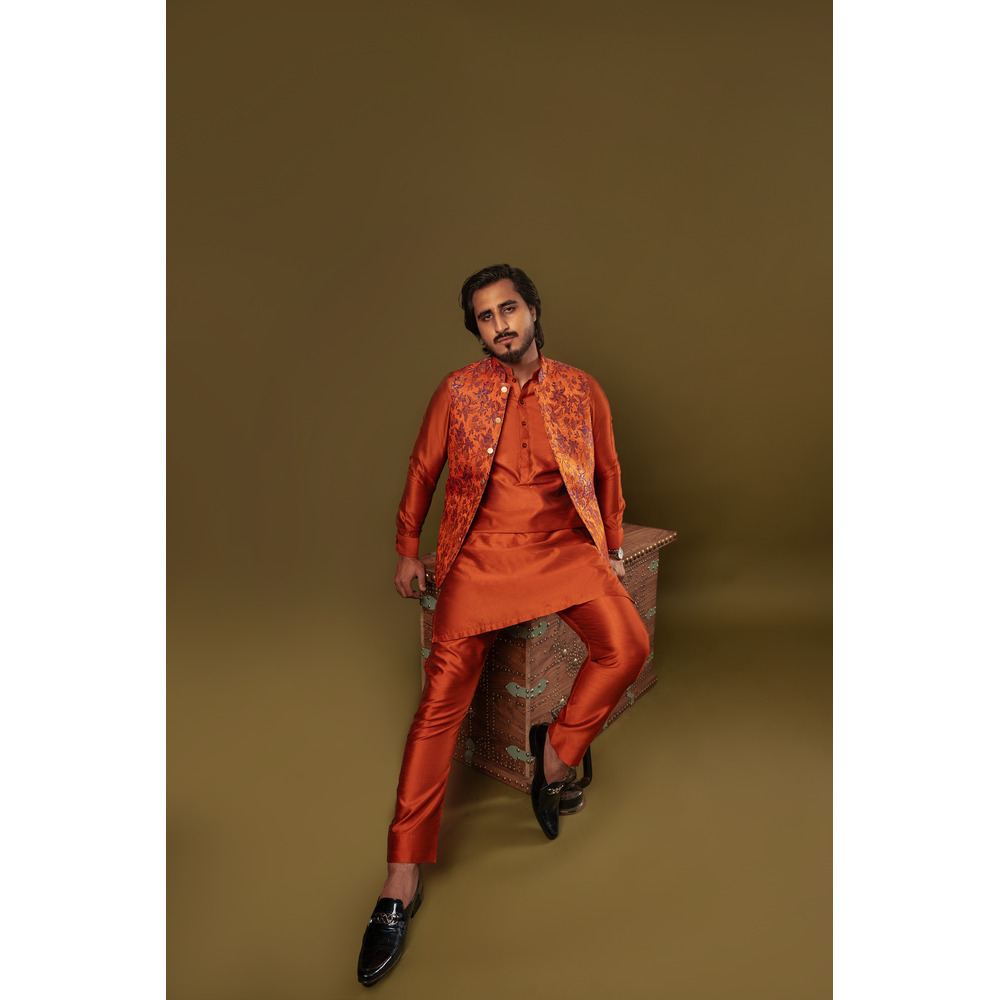The History of the Waistcoat: From Aristocratic Beginnings to Modern Fashion
The waistcoat has evolved into an iconic piece of menswear, associated with style, elegance, and sophistication. With roots dating back to the 17th century, the waistcoat has undergone significant transformations in design, purpose, and cultural significance. Today, it remains a staple in both formal and casual attire, bridging the gap between tradition and contemporary fashion.
1. Origins of the Waistcoat in the 17th Century
The waistcoat’s journey began in the mid-1600s during the reign of King Charles II of England. The story goes that Charles II introduced the waistcoat in 1666 as part of a campaign to distinguish English fashion from the opulent styles of the French court. Seeking to curb excessive displays of wealth, Charles II declared that men should adopt a more modest style, focusing on streamlined, tailored clothing.
King Charles II’s Influence
The waistcoat, as introduced by Charles II, was initially a knee-length garment worn over a shirt and under a coat. It was simpler than the extravagant, embroidered coats popular in France and became known as a garment of “moderation.” This early waistcoat had sleeves, a trait later abandoned, and it was often adorned with embroidery, reflecting the wearer’s status while maintaining a degree of restraint.
The Role of the Restoration Period
The Restoration Period in England, following the Puritan era, marked a return to luxury and embellishment in fashion, though the waistcoat’s design remained restrained. The initial purpose of the waistcoat may have been to encourage modesty, but it soon became an important part of formal attire for the English nobility and upper classes.
2. The 18th Century: The Waistcoat as a Symbol of Aristocracy
By the 18th century, the waistcoat had become shorter, rising to just above the knees. It was now a prominent symbol of aristocratic fashion and individuality. Waistcoats from this period were often highly decorative, made from rich fabrics like silk and velvet and adorned with elaborate embroidery. They also began to feature intricate patterns and vibrant colors.
Popularity Among the Aristocracy
The waistcoat grew more luxurious as it was adopted by European aristocrats who sought to display their wealth through fashion. Tailors crafted waistcoats with intricate designs, and many waistcoats featured motifs such as floral patterns, landscapes, and even portraits. It was common for men to change waistcoats throughout the day, matching them with their coats and breeches.
Attention:the waistcoat’s history is a fascinating journey through centuries of fashion evolution. From its aristocratic roots in 17th-century England to its place in contemporary fashion, the waistcoat has proven to be a resilient and adaptable garment.
Evolution in Shape and Fit
The fit of the waistcoat evolved as well, moving from the loose, long versions of the 17th century to a more tailored and fitted look. This change reflected a shift in the broader aesthetic of men’s fashion, which favored clean lines and a more structured appearance.
3. The Waistcoat in the 19th Century: Formal Wear and the Industrial Revolution
The 19th century brought major changes to society with the onset of the Industrial Revolution. As industrialization spread, clothing production became faster and more affordable, allowing more people to wear fashionable attire. During this period, the waistcoat transformed from a symbol of aristocratic privilege to a garment accessible to the emerging middle class.
Waistcoats and the Rise of the Three-Piece Suit
One of the most significant developments was the rise of the three-piece suit, which included a coat, waistcoat, and trousers. This style, promoted by figures like Beau Brummell (a prominent English dandy and fashion icon), became the standard for men’s formal wear. Brummell advocated for simplicity, cleanliness, and precise tailoring, all of which influenced the design of the waistcoat.
Role in Victorian Fashion
In the Victorian era, waistcoats were often made from plain, dark-colored fabrics, reflecting the more conservative values of the time. However, wealthy Victorians also wore colorful and patterned waistcoats for evening wear and special occasions, while the lower classes preferred simpler designs. Waistcoats were seen as an essential part of a gentleman’s attire and served as a sign of respectability and social standing.
4. The 20th Century: The Waistcoat in Modern Fashion
The 20th century saw dramatic changes in fashion, influenced by world events such as the two World Wars, the Jazz Age, and the cultural shifts of the 1960s and 1970s. The waistcoat, like other garments, was affected by these changes.
Early 20th Century and World Wars
In the early 20th century, waistcoats remained popular as part of the classic three-piece suit. However, with the advent of World War I, practicality took precedence over fashion, and the waistcoat’s popularity began to decline. Men’s fashion shifted towards more functional, comfortable clothing, and the traditional three-piece suit was sometimes replaced by simpler two-piece suits.
The Waistcoat as a Fashion Icon
The waistcoat has transcended its origins as a symbol of aristocratic fashion to become a timeless and iconic piece of clothing. Its history reflects the evolution of fashion itself, adapting to cultural and social changes over the centuries. Today, the waistcoat is a versatile garment that bridges formal and casual wear, embracing the best of both worlds.
Timeless Appeal
Whether part of a three-piece suit or styled casually, the waistcoat remains a staple of men’s and women’s wardrobes, symbolizing elegance, heritage, and personal style. Its continued popularity is a testament to its adaptability and timeless appeal.
